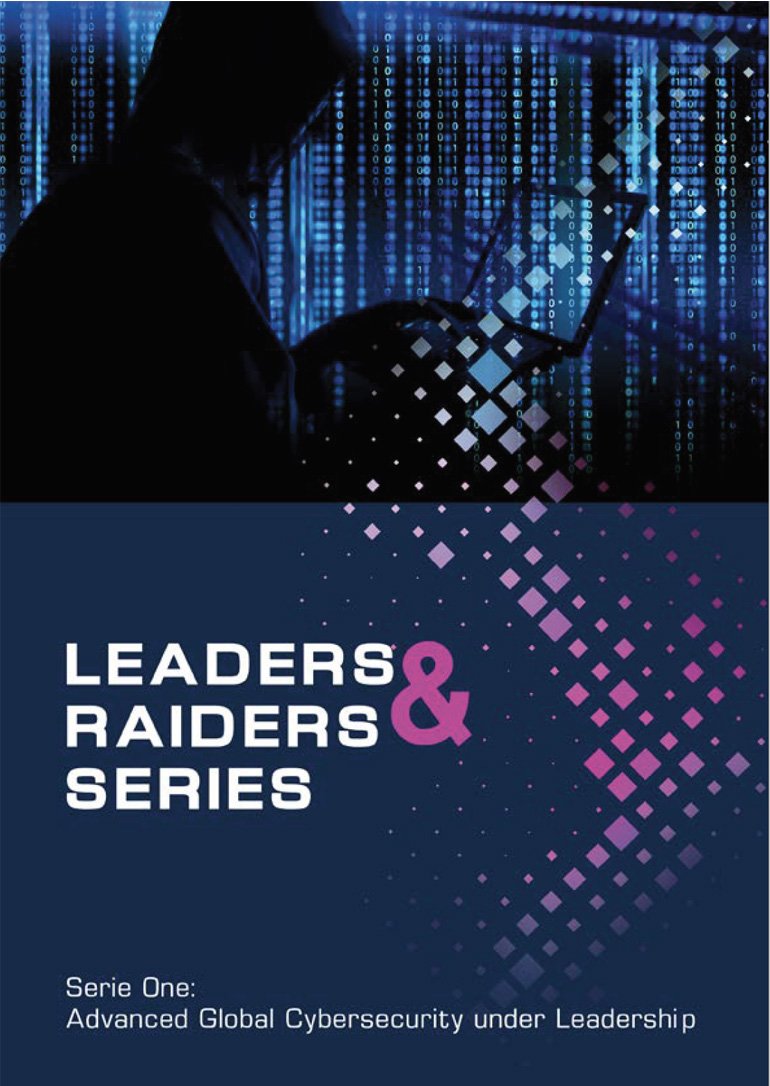
This course aims at introducing to the attendees and readers the interdisciplinary field of cybersecurity management. This course offers a multi-day experience that challenges the readers to go beyond their managerial strategic ordinary perspectives. It clarifies the rising urge to understand not only the evolution of modern information security but the full span of its application. Thus, the reader will be introduced to the cybersecurity theory, its radius and interrelationships; nationwide, organizational, society and Human. Readers will be guided to the cybersecurity realm, surveying technological and managerial processes and procedures, threats analysis, risk management and legal ramifications. The course is designed for all managerial backgrounds not restricted to Information Security technicians and experts. The readers of this course as they walk into it each with a different situation and drive, they walk out with a different respective perspective and learning that is fit and applicable to their jobs and positions.
- Increased clarity and focus regarding major goals and decisions.
- Enhanced Communication capabilities to support managerial and teamwork emphases.
- Greater confidence in dealing with related challenges and adversity.
- Describe the rationale for and the structure and ethos of Cyber-confidence.
- Understand the types of Threats and Risks associated with Cybersecurity.
- Describe the methodologies used to investigate performance issues.
- Mitigate risks and Use defense mechanisms.
- Use an effective proactive approach to security.
- Apply a cost-effective approach to system implementation.
- Use a variety of tools to immunize systems.
- Have an understanding of the regulatory and legal issues related to cybersecurity.
- Support teams and managerial decisions in control matters.
- Defining and Understanding Raiders and Cybercriminals – Drives and Methods.
- Understanding and Applying Strategic Retrenchments and Defense Mechanisms.
- Risks Identification and Mitigation.
- Regulatory Mechanisms.
- Securing Threats Cost-effectively.
- Proactive readiness for Crises.
